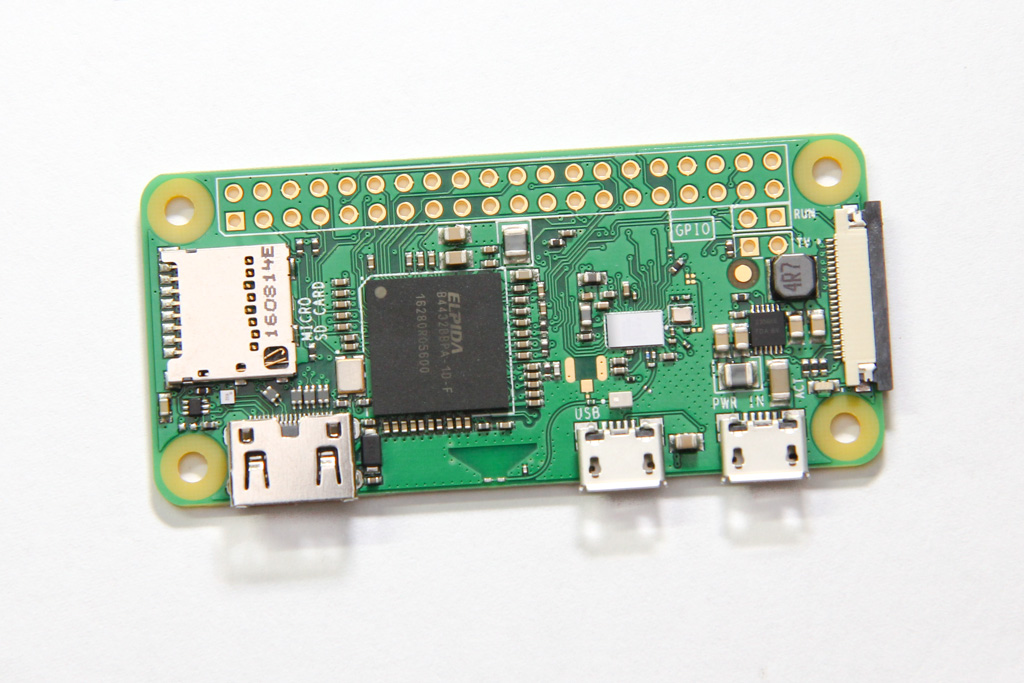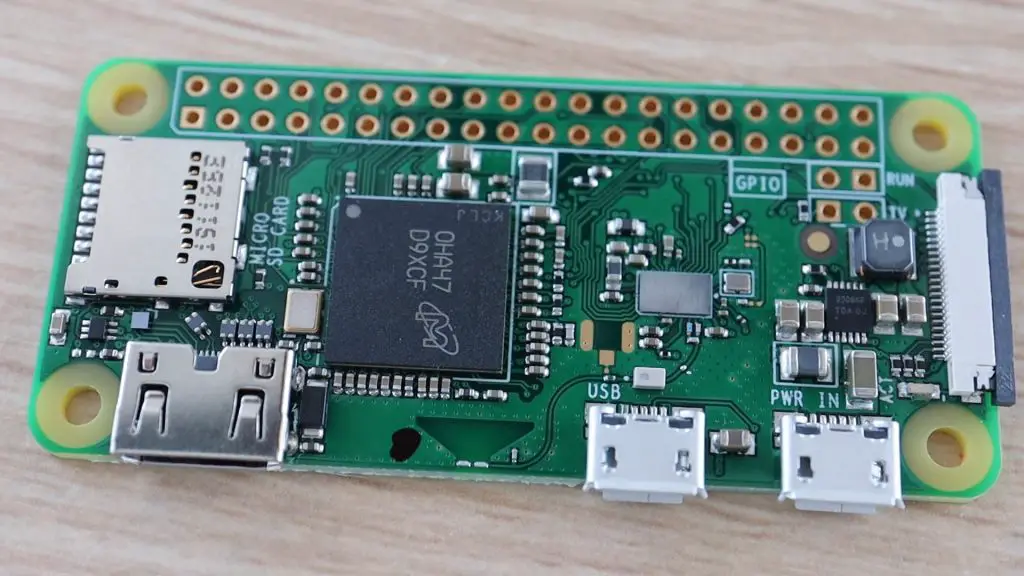
Select the operating system you want to use (let’s say Raspberry Pi OS), and your storage (SD card or USB). Use Raspberry Pi Imager advanced options.It’s available for Windows, Linux and even for Raspberry Pi OS. If you don’t have it yet, you can get it for free from the official website. Download and install Raspberry Pi Imager on your computer.This tool includes advanced settings where you can set up a few things, including the wireless network you want to use. The easiest way currently to set up your Wi-Fi connection before the first boot is to use Raspberry Pi Imager.

Besides, that’s what I do most of the time. I call this part “headless” because it’s the way you can use if you don’t have a screen on your Raspberry Pi.īut you can absolutely use it in any case. Raspberry Pi Wi-Fi Headless Configuration It’s a 30-days challenge from beginner to master, with step-by-step tutorials and many projects to practice along the way. There are several solutions available, depending on your system version and access to it.īy the way, if you are really interested in improving your skills on Raspberry Pi, I highly recommend to check out my e-book here.




 0 kommentar(er)
0 kommentar(er)
